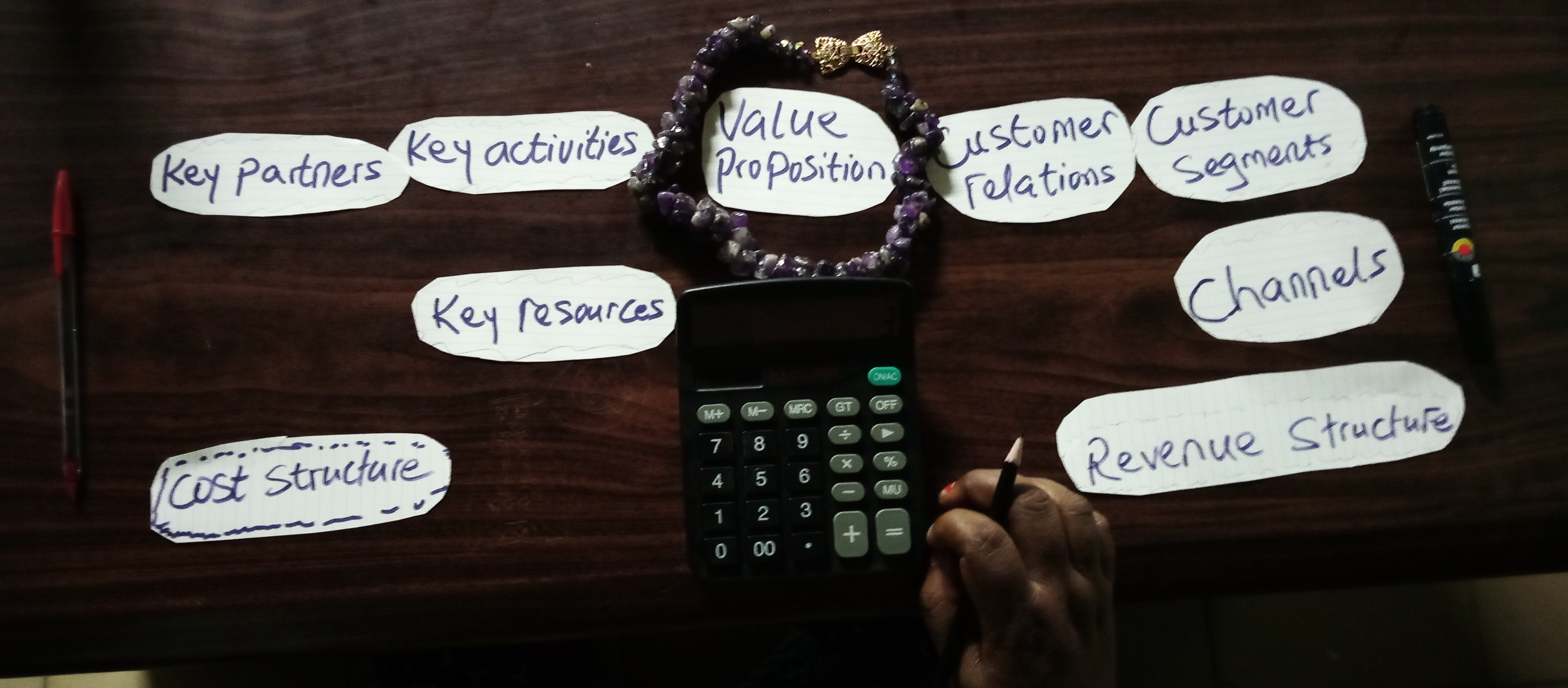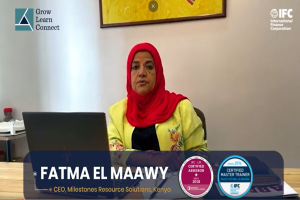Why should MSMEs Have a Business Model Canvas?
“By failing to plan you are preparing to fail” (Benjamin Franklin)
Most micro-enterprises in Sub-Sahara Africa are businesses that operate mostly in the informal sector. Owners usually start their businesses without any plan, neither mission, vision, or business development strategy. The initial purpose of the business is to satisfy the immediate needs of the owner and family.
Micro businesses span across several sectors, but predominantly in the services sector as well as the agriculture production sector, transformation, and crafts sectors. More than 50% of businesses in some countries (for example Togo and Cameroon) are micro-businesses operating in the informal sector. The strategy used by these countries, with the support of development partners (such as the World Bank Group) has been to support the countries with capacity building with linkages to access to markets and finance. One of the key objectives of such projects is for businesses to be able to transition from the informal sector to the formal sector with increased wealth and job creation. This implies that the micro-enterprises should grow sustainably to reduce poverty in the countries, diversify and expand the private sector and thus strengthen the economy of the countries.
One of the key challenges that these businesses usually face is that the founders or owners do not have a good understanding of their business model. One of the main tools that can be used to guide entrepreneurs to gain a good understanding of their business model and produce a plan and a good development strategy and Key performance indicators to monitor growth is the Business Model Canvas. It is safe to say that capacity-building projects aimed at identifying the performance needs of micro-enterprises and supporting them to address their needs will nearly always include the need to articulate, design, and develop their business model canvas.
What is a Business Model canvas?
“The business model canvas is a great tool to help you understand a business model in a straightforward, structured way. Using this canvas will lead to insights about the customers you serve, what value propositions are offered through what channels, and how your company makes money. You can also use the business model canvas to understand your own business model or that of a competitor!” (Business Model Canvas)
Here are the key components of the Business Model Canvas (BMC):
- Key partners: The partners (excluding suppliers) that you can’t do your business without.
- Key activities: The daily activities that enable you to run your business model.
- Key resources: The resources (human, material, and financial resources and know-how that you need to run your business.
- Value propositions: Your products and services or the job you get done for your customers.
- Customer relationships: The way you maintain relationships or interact and connect with your customers in such a way as to gain their loyalty.
- Channels (Distribution channels): How you deliver your value proposition.
- Customer segments: Your most important future market segments. The segments which provide the highest revenue.
- Cost structure: In view of your key activities and key resources, your highest cost areas.
- Revenue streams: Your three top revenue streams.
What are the benefits of a Business Model Canvas to micro-enterprises?
In other words, what are the uses of the Business Model Canvas for the micro-enterprise? Can the micro-enterprise grow sustainably without understanding its business model?
The micro-entrepreneur uses the Business Model Canvas to gain clarity on what the business wants to achieve and how to achieve it. It is not possible for a micro-enterprise to grow sustainably without understanding its operating model. The Business Canvas Model will help the owner to gain clarity and focus on its goals and how to achieve them. The Business Canvas Model needs to be designed during the business initiation and used to lay the business’ foundation and to guide its sustainable development. It is very instrumental in the development of the business’ business plan.
The Business Model Canvas is a plan with its strategy and its absence quite often is one of the contributing causes of the failure of many micro, small, and even medium-sized enterprises.
I carried out a pilot on how to coach young women start-ups and MSMEs to pick up and grow using the Business Model Canvas. Two of the three entrepreneurs were struggling micro businesses and one was a start-up. All three businesses (education sector, social entrepreneurship, and a micro-finance business for the internally displaced). All three businesses picked up within six months to two years (the start-up) and are thriving. The three young women explained that the use of the BMC with supporting monitoring was the main reason why their businesses were doing. They explained that the three months of free coaching were quite helpful but above all the coach became their mentor. They explained that the BMC gave them clarity about their business and they were able to set goals and assure the achievement of the goals. Though the size of the pointer was very small, it was nonetheless a pointer that confirmed the importance of the Business Model Canvas.
In conclusion, micro-enterprises, like any other enterprises need Business Model Canvas as a strategic planning and operational tool to support the creation and sustainable development and growth of their businesses. Otherwise, by “failing to plan, they are preparing to fail”.





